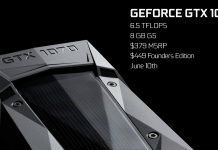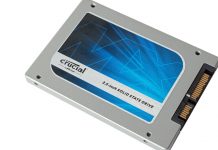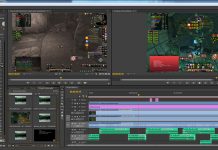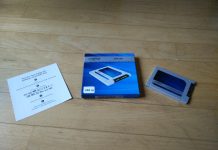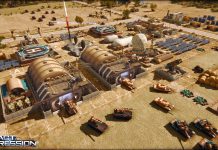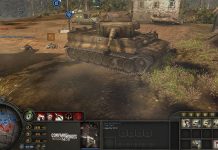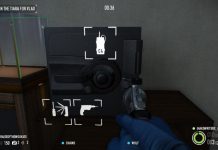Introduction
[postad]Ever wish you could move games and other apps to and from your SSD without the need for reinstalling them? With the limited storage options of an SSD I have often taken “offense” of games dumping 8 GB of temporary files on it. At the same time you might want to temporarily try a game on your SSD just to see if it benefits. This guide will tell you how to do that by using symbolic links.
At the end of this tutorial you will have learned:
- How to move a game without reinstalling it
- How to save space on your SSD by moving files to your SSD
- What a symbolic link is
- What a hard link is
What is a hardlink and why do we need it?
The NFTFS file system, used by Windows, supports something called hardlinks. Hardlinks provide the ability to keep a single copy of a file yet have it appear in multiple folders (directories).
Imagine you have installed a game on c:/game/game.exe. Now you wish to move that game to c:/newdirectory/game.exe . You can simply move the complete directory but when you launch the game often it will not work! This is caused by the Windows registry and other settings that refer to the original locations. However we can leave a hardlink that refers to the new location. Basically the hardlink allows you to fool your OS to think a file is at a certain spot. This removes the need to reinstall software for a location change.
What is a Symbolic link?
Unfortunately hardlinks only work within the same partition (for example your C drive). This will therefore not be very useful for moving games from your SSD to your hard disk drive, or vice versa.
Luckily Symbolic links allow you to do just that! A symbolic link is not limited to a single volume like Hardlinks. The Symbolic links offer a transparent pathway to the desired data object, so it is nothing like a regular shortcut.
Installing the software for symbolic links
Now theoretically you can create symbolic links without any additional software by using the command prompt. However this process is tiresome, not user friendly and prone to error. Instead we will be installing an extension to our mouse context menu that allows us to create symbolic links on the fly.
Download Linkshell extension from the official linkshell extension website or use my direct links:
Make sure you have the required vcredist installed
Example: Moving a steam game from your hard disk to your SSD without reinstalling it
In this example we will attempt to transfer an installed game, Civilization V, from the hard disk with drive letter E:\ to my SSD with drive letter C:\. Reinstalling the game will not be necessary (awesome right?).
Step 1: Find your game folder
Browse to the folder where your game is installed. In steam you can find this by going to properties and clicking “Browse local files”.
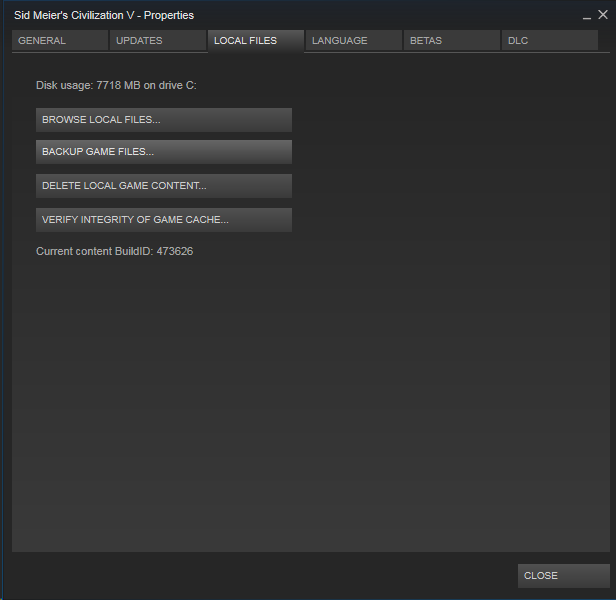
Step 2: Move the folder
Now we need to move the entire folder. I literally mean move, not copy. So go up one level and cut the entire folder.

Now paste the folder in your desired location (SSD.) Yes this will temporarily make your game stop working, do not worry!
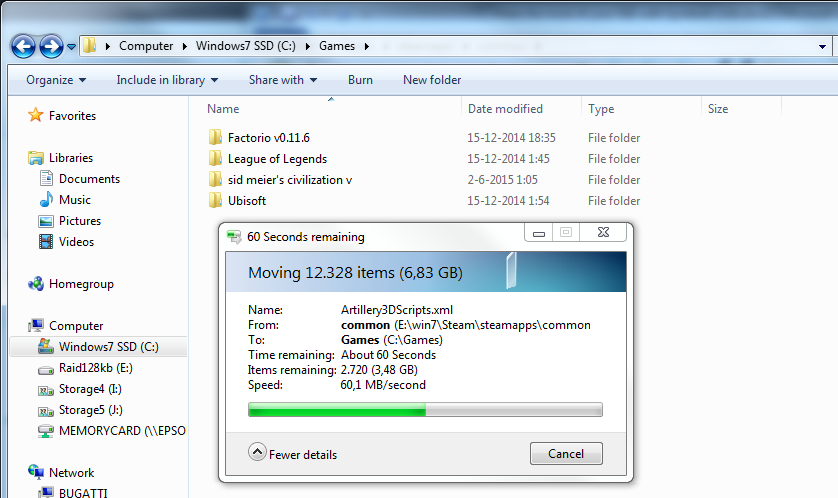
Step 3: Create the symbolic link
In step 2 we removed the folder from its original location. Now it is time to “fool” the OS into thinking it was never moved.
First we need to tell the software about our target. Right mouse on the folder was just moved and select Pick Link Source.
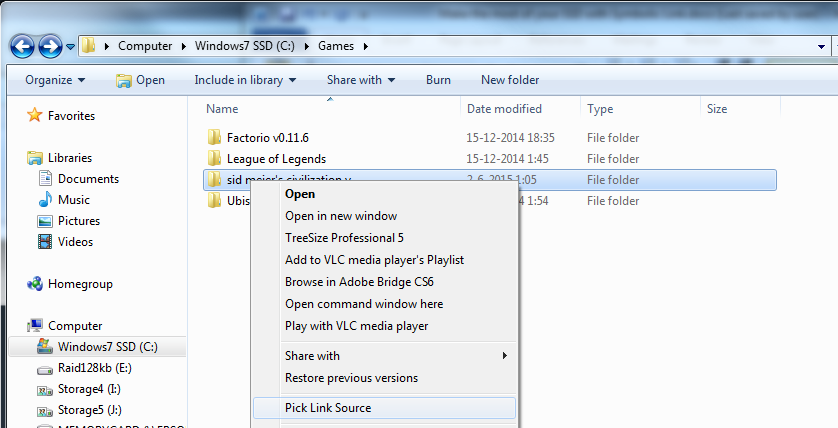
Now we need to create the link to fill the gap left in our original location. Browse back to the original location (in my example: E:\win7\Steam\steamapps\common\). Rightmouse again and choose Drop As>Symbolic link.
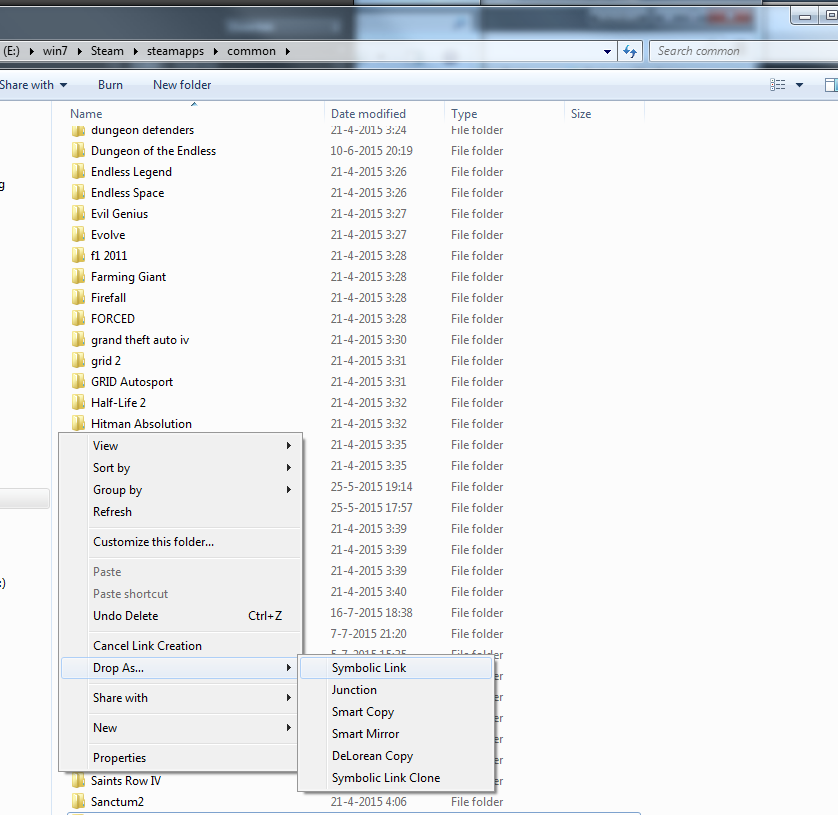
Now we have created a reference to the new location of your folder! You can recognize it by the little arrow in the corner.
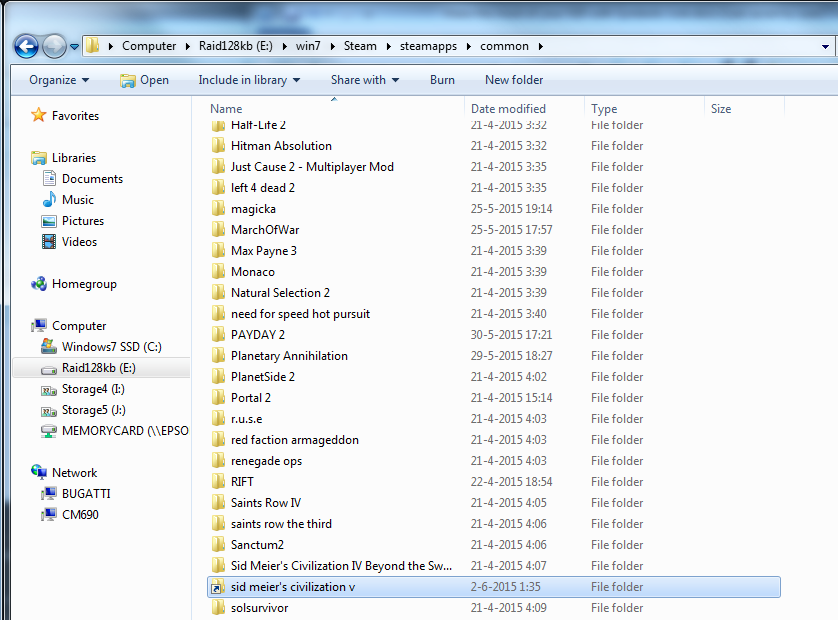
Summary
Basically we moved the game Civilization V from my hard disk drive to the SSD. Then we created a symbolic link on the hard disk drive informing the OS of the new location. Everything will work as if the game was never moved, except that you now have SSD speed!
Other examples
You can basically move any file or folder following these steps. Here are some suggestions
- Move only part of your game, such as the texture data folder, to your SSD to save space but gain speed
- Move save games for specific games from your SSD to your hard disk drive (for example Cities Sklyines puts your savegames in %AppData%\Local\Colossal Order, you can easily get 2 GB here)
Summary
I hope you found this tutorial useful. If you have any questions then feel free to post them in the comments. Or just share some other examples!

